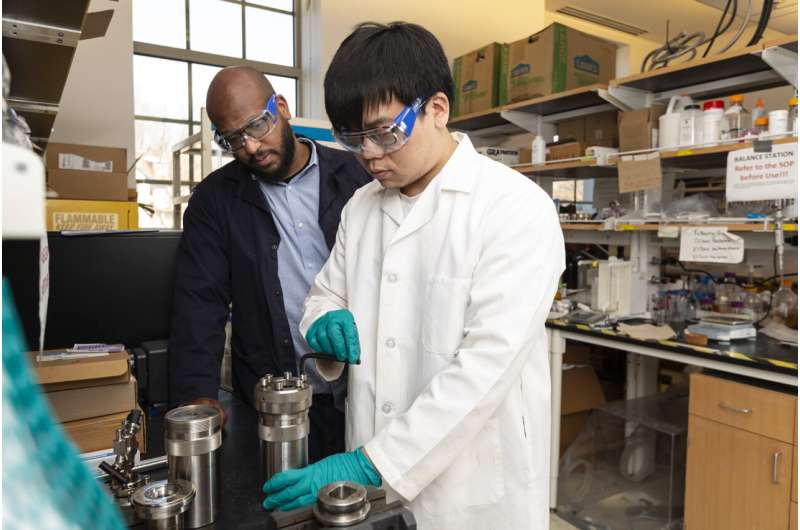
Transforming wood waste for sustainable manufacturing (21/03/2024)
Lignin, a complex organic
polymer, is one of the main components of wood, providing structural support
and rigidity to make trees strong enough to withstand the elements. When
transforming wood into paper, lignin is a key ingredient that must be removed,
and it often becomes waste.
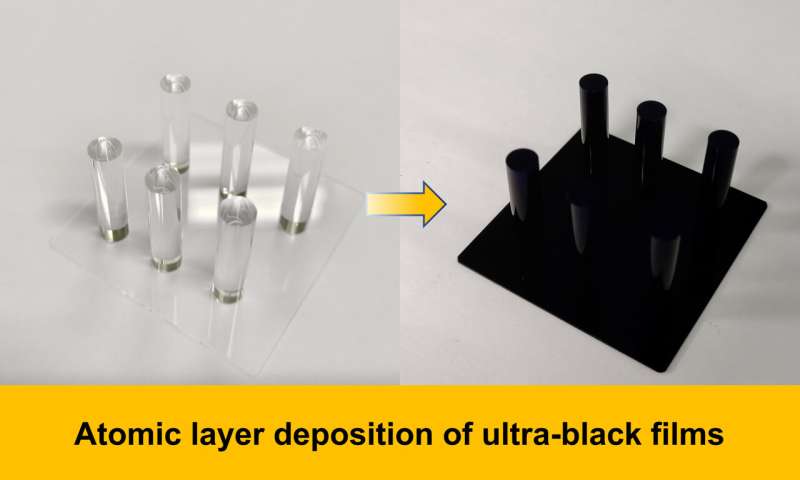
Ultrablack thin-film coating could make next-gen telescopes even better (20/03/2024)
Sometimes, seeing clearly
requires complete black. For astronomy and precision optics, coating devices in
black paint can cut down on stray light, enhancing images and boosting
performance. For the most advanced telescopes and optical systems, every little
bit matters, so their manufacturers seek out the blackest blacks to coat them.

A new sensor detects harmful 'forever chemicals' in drinking water (12/03/2024)
MIT chemists have designed a
sensor that detects tiny quantities of perfluoroalkyl and polyfluoroalkyl
substances (PFAS)—chemicals found in food packaging, nonstick cookware, and
many other consumer products.
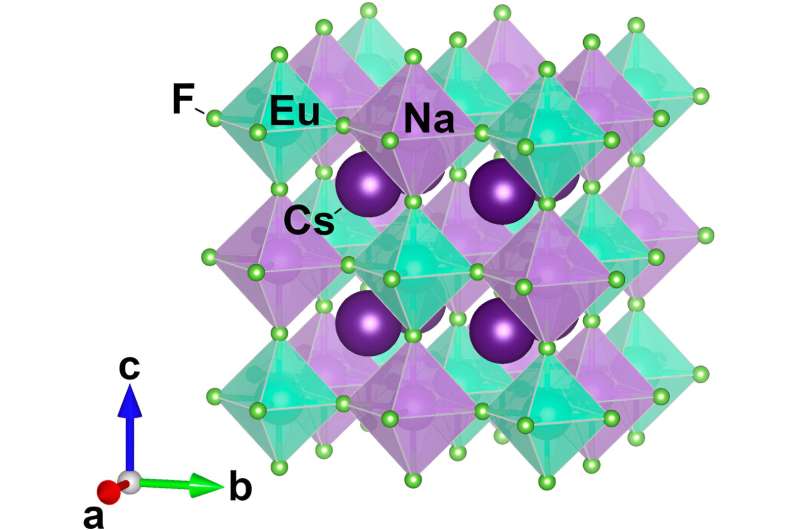
Materials research explores design rules and synthesis of quantum memory candidates (12/03/2024)
In the quest to develop quantum computers and networks, there are many components that are fundamentally different than those used today. Like a modern computer, each of these components has different constraints. However, it is currently unclear which materials can be used to construct those components for the transmission and storage of quantum information.
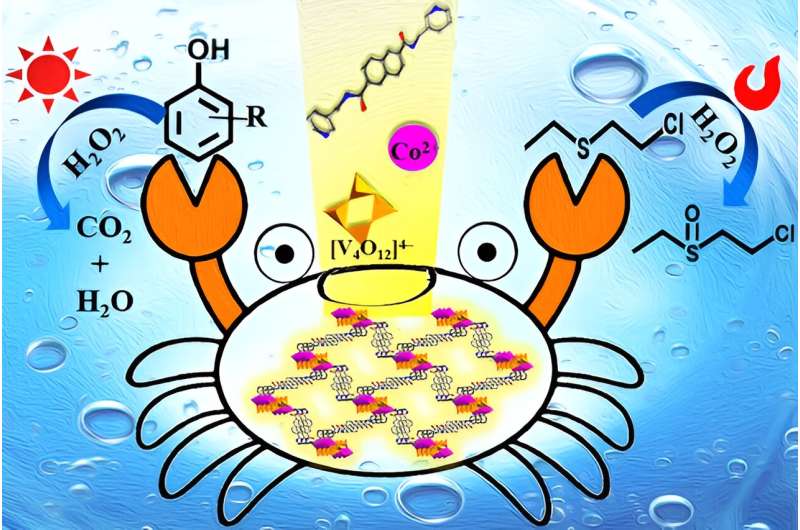
Scientists design bifunctional catalyst to address environmental pollution problems (12/03/2024)
A team of researchers from Bohai University in China has designed and synthesized a bifunctional catalyst that can solve the environmental pollution caused by mustard gas and phenolic compounds. They synthesized this bifunctional catalyst, a new three-dimensional polyoxovanadate-based metal-organic framework, under hydrothermal conditions.
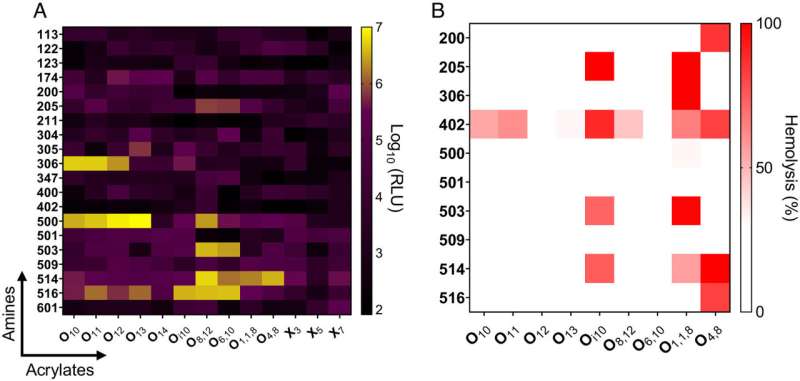
Designing nanoparticles for pregnancy-safe treatments (12/03/2024)
Too often, the lack of clinical
trials means that pregnant women suffer because available medications are
prescribed off-label for them or not at all. A new study offers proof of
concept for the important parameters to develop pregnancy-safe gene therapies.

Combined microscopy technique observes nanoscale behavior of light-driven polymers (12/03/2024)
Expanding our scientific
understanding often comes down to getting as close a look as possible at what
is happening. Now researchers from Japan have observed the nanoscale behavior
of azo-polymer films while triggering them with laser light.

Flexible AI optoelectronic sensors pave the way for standalone energy-efficient health monitoring devices (12/03/2024)
From creating images, generating
text, and enabling self-driving cars, the potential uses of artificial
intelligence (AI) are vast and transformative. However, all this capability
comes at a very high energy cost. For instance, estimates indicate that
training OPEN AI's popular GPT-3 model consumed over 1,287 MWh, enough to
supply an average U.S. household for 120 years.

Researchers devise new ways to engineer carbon-based semiconductors for electronics of the future (12/03/2024)
It might look like a roll of
chicken wire, but this tiny cylinder of carbon atoms—too small to see with the
naked eye—could one day be used for making electronic devices ranging from
night vision goggles and motion detectors to more efficient solar cells, thanks
to techniques developed by researchers at Duke University.
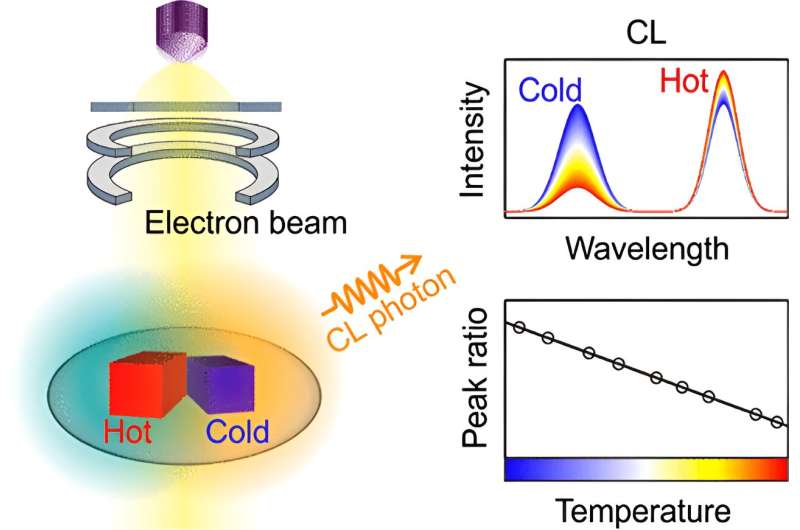
Newly developed nano-thermometers enable real-time temperature detection in transmission electron microscopy (09/03/2024)
A method for measuring the
temperature of nanometer-sized samples within a transmission electron
microscope (TEM) has been developed by Professor Oh-Hoon Kwon and his research
team in the Department of Chemistry at UNIST.









